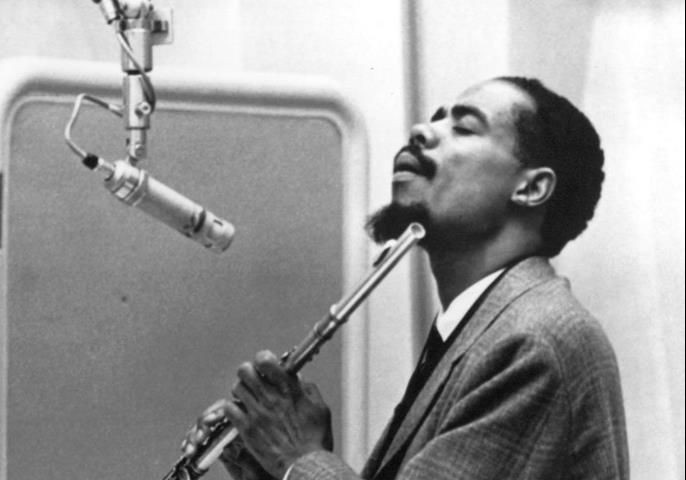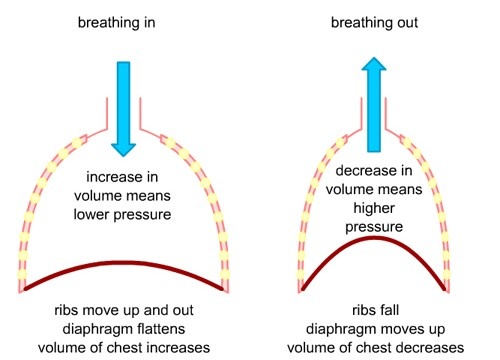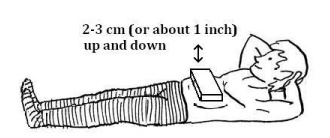Breathing for Musicians
- Posted on
- By Megan Kenny
- Posted in Breathing
There is much written about breathing for wind instrumentalists and it can be quite overwhelming and complicated taking in all the information available. My intention is to simplify things and give some suggestions and exercises to work with.

"When breathing goes wrong nothing goes right”
Marilyn Monroe sang, “When love goes wrong” suggesting that when love goes wrong nothing goes right.
The same can be said for breathing. Often we think of breathing as a concept separate to music, however it is the foundation of sound and every aspect of technique (and life). If we have inadequate breath control our finger technique falters as does sound and articulation and phrasing. If breathing is working, these other aspects of our playing can flourish. Next time you are having difficulty with a technical passage stop and focus on breathing and see the difference in your finger control.
Here are 7 things to think about to help you get the most out of your breathing.
1. Awareness of Breath
Being aware of breathing is the first step in creating better breath control in playing a wind instrument. When we breathe in, our lower ribs expand around our body and when we exhale they contract.
EXERCISE: place hands around lower ribs (thumbs behind and fingers in front of torso) and feel this expansion and contraction. The middle ribs and upper chest also expand. The abdomen also expands when we breathe in and contracts when we breathe out.

EXERCISE: lie on the floor in a comfortable position and place a pillow or book on the abdomen and see it move up during inhalation and down during exhalation.

The diaphragm, which is a dome shaped muscle in the middle of the abdomen, presses downward as you breathe in (inhalation) and then relaxes up during exhalation. You may feel this downward push on the intake – especially if you go for the deepest breath you possibly can take.
2. Intake of Breath
Learn how to take in LOTS of air in a breath. Some musical phrases demand long extended breaths so the amount of air you can inhale is crucial. Like a swimmer doing a whole lap under water. Often we take in “a cup” of air when we need “a litre” each time.
A good habit is to open the throat like a yawn when breathing in and imagine the syllable “OH” – this also helps make the air intake as quiet as possible.
3. Extending Control through Long Note Practice
A great way to improve breath control is by playing long notes with an even, controlled sound.
EXERCISE: play a note for a count of 8 secs – take a breath for a count of 1 sec - then another note for 8 sec etc. (Change the note length to suit you i.e. if a beginner just 4secs or if you are more advanced try 12)
4. Relaxation Breathing
You can use breathing to calm yourself and quieten your mind. This is such an essential skill in our busy world. A key part of allowing breath control to calm us, both in life and playing, is to practice relaxing into the breath. Here’s an exercise to practice relaxation and breath control.
EXERCISE: Lie down or sit in a comfortable position. Relax the body and then focus on the intakes and exhalations. Then breath in for a count of 4 secs –hold for 4 secs – breathe out for 4 secs then have no breath for 4 secs. Continue on for as many cycles as you like.
Once this is comfortable, try the more simple cycle of in for 4secs and out for 4secs.
5. Breathing and Posture
It is important to maintain a good posture to enable controlled inhalation and smooth quiet breath intake.
Visualise a straight spine, relax the shoulders and open the throat like a yawn.
6. Breathing and Phrasing
Breathing is an important part of the music, not just something we have to do to fill up with air. Mark breaths on your music so you know how far you have to go for each phrase – that way you will be more aware of how much air you will need.
Breaths are like punctuation marks - make them part of the shape of your musical sentence.
7. Enhancing Breathing in Everyday Life
Your breathing will be enhanced through activities like running, walking, swimming and being in fresh air. Any activity that makes you breath better and relax more will help you live a balanced life and have greater control of your breath when playing.
Remember, breathing is the foundation of your life, and the beginning of great music.
Megan Kenny is highly regarded educator and one of Melbourne's premier flautists.
